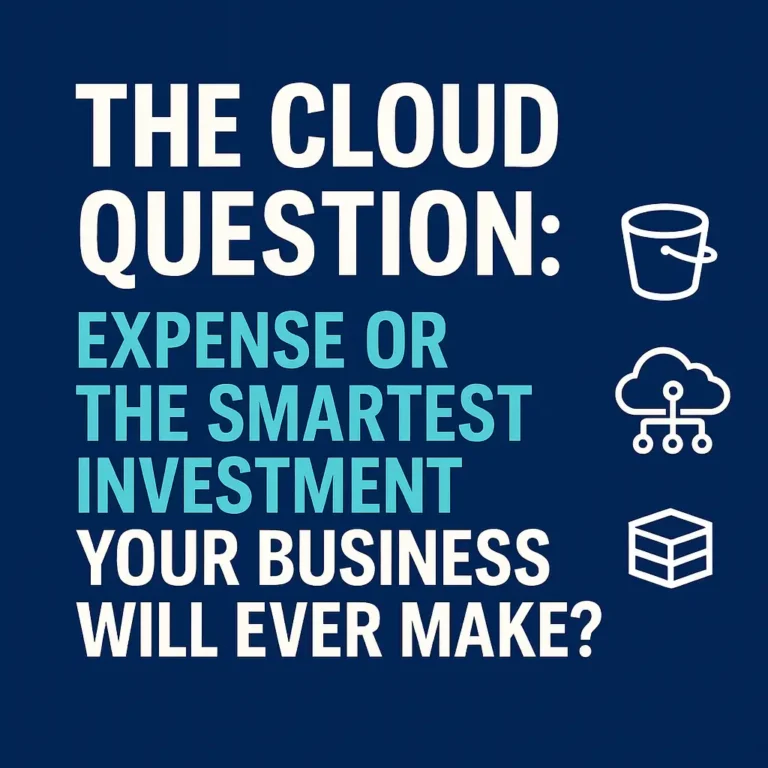
Why the Future of Every Business Is in the Cloud (and What Happens If You Wait)
Whenever cloud adoption comes up in boardrooms, the same questions surface, is it really necessary, is it profitable, won’t the migration take forever, and what are the long-term benefits? These are valid concerns. But what’s important to understand is that the cloud is no longer just an IT choice, it’s a business strategy. Companies that adopt it correctly are not only streamlining operations but also building resilience and positioning themselves for the future.
The necessity of cloud adoption becomes clear when you look at how businesses operate today. Customers demand reliability, employees need seamless collaboration, and leadership requires real-time data to make informed decisions. Traditional infrastructure was never designed for this pace. The cloud offers the flexibility to scale as needed, deploy services globally, and innovate at a speed that legacy systems simply cannot match. Without it, organizations risk being overtaken by competitors who can launch new products and adapt to change more quickly.
Profitability is another major consideration. At first glance, cloud migration may look like an added expense. However, when approached with a strategy, the financial advantages outweigh the costs. Shifting from heavy capital expenditure on hardware to manageable operational expenses ensures companies only pay for what they use. With tools that help optimize and forecast spend, businesses not only reduce costs but also avoid the hidden expense of downtime. The cost savings can then be reinvested into innovation, staff development, or expansion.
One of the biggest misconceptions is that cloud migration is an unbearably long process. In reality, it’s a phased journey. Organizations can begin with critical workloads, test performance, and expand gradually. Hybrid approaches allow for smoother transitions, ensuring that day-to-day operations remain uninterrupted. By breaking the migration into stages, companies often find the process less disruptive and more manageable than they expected.
The real power of cloud, however, is in its long-term benefits. It provides access to advanced tools such as analytics, artificial intelligence, and machine learning without requiring huge research budgets. Security and compliance standards are stronger and more adaptable than many on-premise setups. It also positions organizations as forward-looking, making them more attractive to modern talent who prefer to work with cloud-native infrastructure. And perhaps most importantly, it builds resilience: whether it’s enabling remote work, recovering quickly from disruptions, or supporting global expansion, cloud becomes the foundation of long-term business stability.
Looking ahead, the direction is clear. Research suggests that within a few years, the majority of companies will operate with a cloud-first mindset. Cloud is not a “nice to have” anymore, it is the backbone of digital transformation and a key driver of competitive advantage. The companies that thrive in the coming decade will be those that see cloud not as a technical migration but as a strategic business enabler.
If your organization is still debating whether to move, the question is no longer if, but when and how fast. The sooner you begin the journey, the sooner you unlock the efficiency, profitability, and resilience the cloud has to offer.
Still weighing whether the cloud is worth the move? Don’t leave your business’s future to guesswork. Book a free 30-minute strategy session with me, and let’s map out how your organization can migrate safely, cut costs, and unlock growth with the cloud.